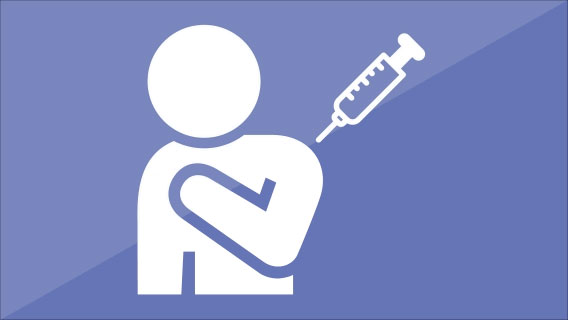Curricula
 Exploring Vaccines with ELISA
Exploring Vaccines with ELISA
In this lesson, students perform an ELISA to see how well a vaccine works. They are presented with two vaccines that are being developed to target a new COVID variant and recommend which should move forward into the next phase of testing. They consider multiple factors when comparing the vaccines, including immune response (as measured by antibody concentration from the ELISA) and characteristics that contribute to vaccine access, like storage temperature and side effects.
In the lab portion, students learn how to perform serial dilutions and create a standard curve to determine the antibody concentrations in the blood samples of the vaccine clinical trial participants. This is a mock ELISA that uses a Lowry protein assay technique to simulate antibody results.
This lab was originally developed for Futurelab+, funded by Genentech. Check out the free curriculum here!”
Learning Objectives
- Measure antibody concentration using serial dilution and ELISA.
- Explain how vaccines trigger an immune response in the body to protect against illness and describe factors that affect vaccine access.
- Support an argument with evidence for which of two new COVID vaccines is a stronger candidate.
Prior Knowledge
- Experience with micropipetting
- Familiarity with solving linear equations (y=mx+b)
- Experience creating graphs using spreadsheet software
In order to access any Curriculum resource, please or sign up if you haven't already done so.
Disciplinary Core Ideas
- LS1.A – Structure and Function
“Systems of specialized cells within organisms help them perform the essential functions of life.”
Science and Engineering Practices
- Arguing from Evidence
- Using Mathematics and Computational Thinking
Crosscutting Concepts
- Cause and Effect
- Structure and Function
In order to access any Curriculum resource, please or sign up if you haven't already done so.

